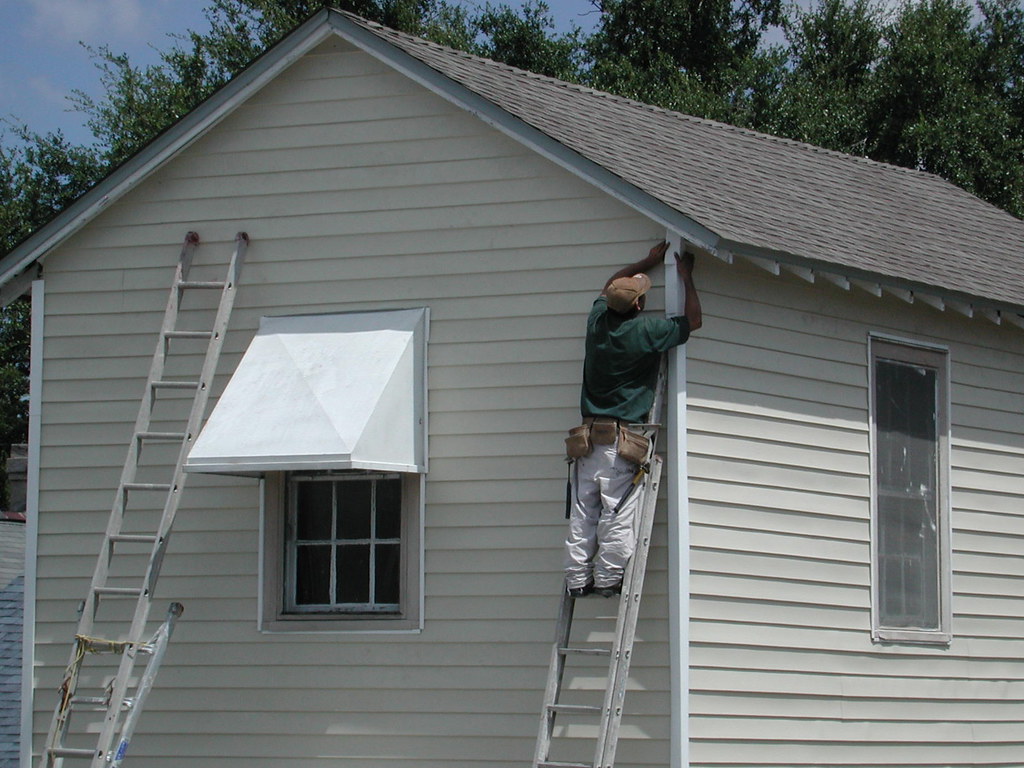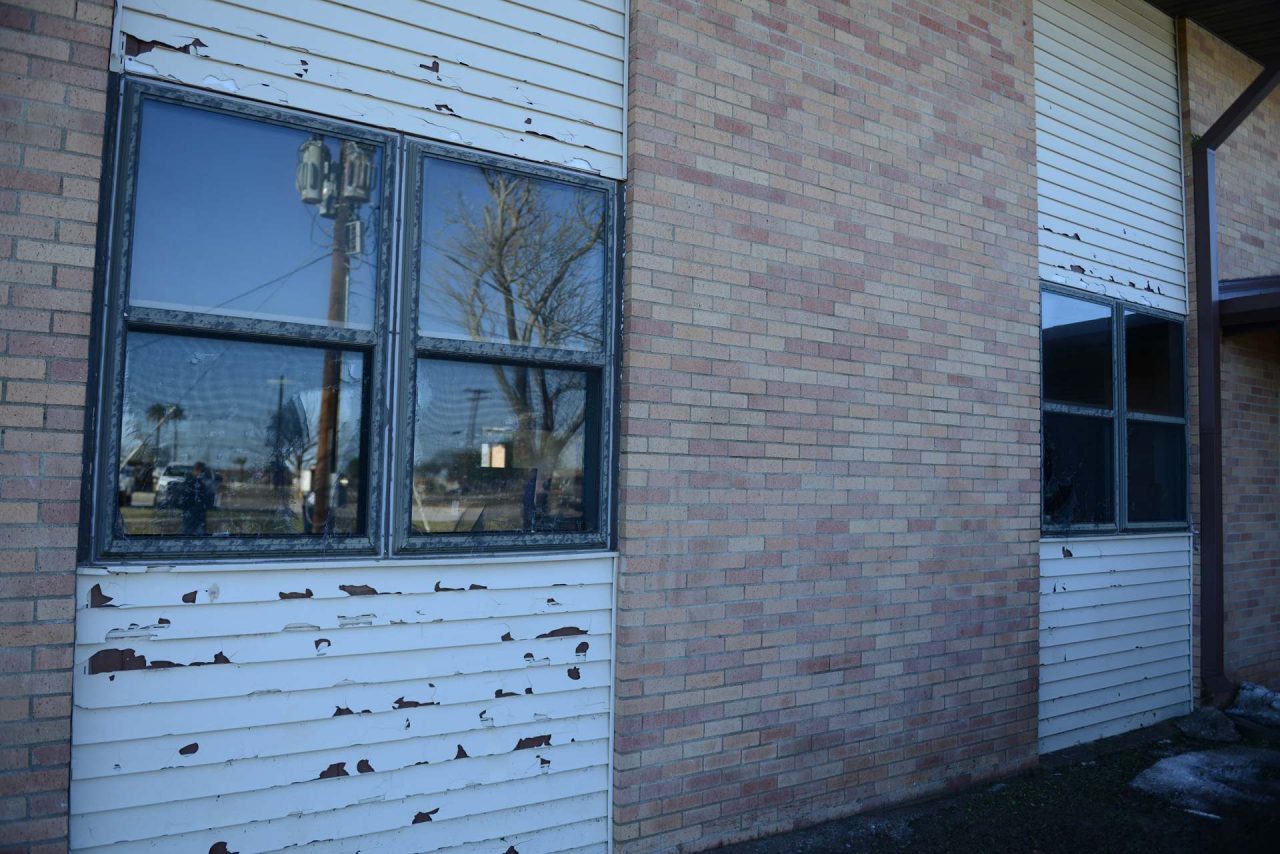Ever drive up to your house and notice that it’s seen better days? Whether your siding is cracked or bent, chipped or rotting, the exterior of your house can seemingly go from shiny-and-new to crying-for-help out of nowhere.
When this happens, most homeowners worry about the cost to repair or replace the siding on your home. I’ve been helping sellers renovate and update their homes to list for sale for a decade. Here are my top insights on when to paint, repair or replace your home’s siding.

When to paint your home’s siding
If you have wood siding and the paint itself is cracking or chipping, it’s a clear sign that you need a paint job. And if your aluminum siding is starting to look chalky, your siding’s paint has oxidized and may need a new coat.
If you have newer vinyl siding, you shouldn’t need to paint your home’s siding. Usually, just a steady stream of water (or a mild solution, like vinegar and water) will help your siding look brand-new.
Important: Keep in mind that painting your siding can void the warranty. Check to see if your siding is under warranty, and what the terms of your warranty are, before unpacking your paintbrushes.
When to repair individual sections of your home’s siding
Of course, if the actual siding itself is in disrepair — rotting, cracking, splitting or denting — then you’ll have to look into either replacing all the siding or repairing the damaged sections. If it’s a small section impacted by hail damage, a misdirected swing in a backyard baseball game, or a big dent from a branch falling after a storm, then replacing the impact sections may be the right call.
It’s possible to replace sections of vinyl, wood or aluminum siding, though you may find that getting an exact color match for the paint is difficult. Picture a bolt of fabric. Even if it’s run on the same machine with the same dye, it will never be identical to the next bolt that’s produced. The same is true for siding, so it’s smart to either:
- Keep a spare can of paint (for aluminum or wood siding) that you can use for touch-ups
- Buy extra vinyl siding when you re-do your house the first time
If it comes down to repairing sections in the front of the house with sections on the side or back (that are less visible), repair the front-facing sections with the siding that’s the best match.
There are a lot of benefits to repairing small spots of your siding vs. a full replacement. The primary advantage is financial: replacing all your siding can be very, very expensive if it’s not covered by insurance.
When to replace all of your Cranford Westfield area home’s siding
You’ll likely know when it’s time to replace the siding. Perhaps too much of it is cracked. Big sections are missing. Or it may be years beyond the typical life for the type of siding you have. In a perfect world, you’ll know it’s time to replace the siding because it’s covered by your insurance company. In that case, you’ll only be out the deductible. (However, that’s less and less common these days.)

If you do choose to replace your siding, you’ll most likely upgrade to vinyl. Aside from the cost, vinyl is the best option because:
- It’s low-maintenance and only requires a “shower” to get cleaned off
- It doesn’t require repainting
- It’s built to resist impact and inclement weather (and will ward off damage better than aluminum or wood siding)
Should I replace my siding before putting my home up for sale?
This is a tough question and I prefer to answer it in person. Financially, it’s best for homeowners to avoid huge repairs right before selling. Caring for your vinyl siding is important. I know that buyers don’t tend to purchase houses that are in disrepair. Together, we’ll determine the most cost-effective way for you to update your house before selling. Your ROI is my top priority!
P.S. Ready to start fixing your home before selling? Call me any time. I can help you write up a “honey do” list of top items to complete before we list.

 Site by Ha Media
Site by Ha Media
Leave a Reply